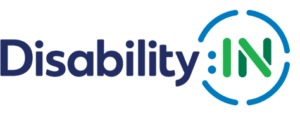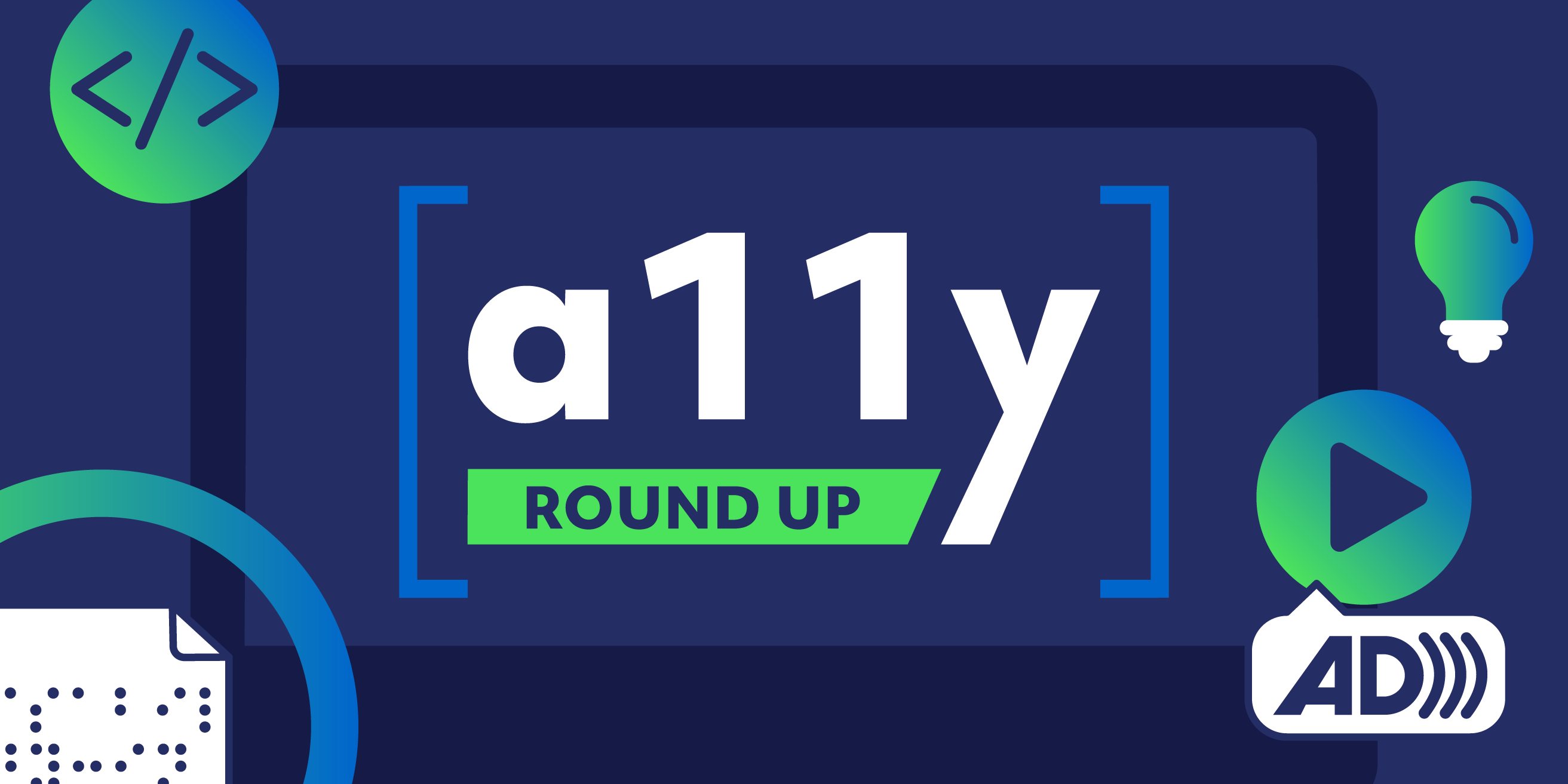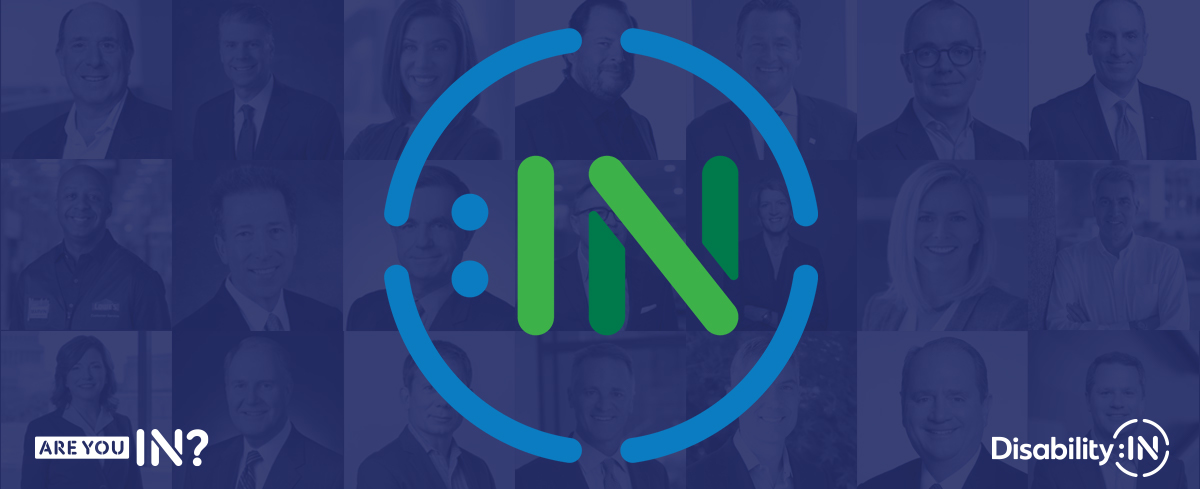
The purpose of accessibility is to provide alternatives that allow people with disabilities to access the same information as individuals without disabilities. But employers should view accessibility as a productivity tool. Making accommodations for employees with disabilities is beneficial for the entire workforce. After all, research clearly shows businesses fostering a fully diverse workforce, one that includes people with a range of abilities, are more productive and profitable than their counterparts.
Productivity tools change the work environment, but not just for people with disabilities. Hector Minto, a Senior Technology Evangelist for Accessibility at Microsoft, has worked in the field of accessibility and assistive technology for 20 years. He believes inclusive design can benefit everyone. This is what Hector had to say about turning accessibility into productivity.
“Our approach to inclusive design is based on the social model of disability. We start from the position that disability isn’t a diagnosis. It’s a mismatch between the person and their environment that can happen to any of us, at any time.
When people think about workplace accessibility, they may believe it’s about accommodating people with disabilities, but the experience of someone who’s deaf trying to use a device is the same as that of someone who’s trying to use it while listening to music on their headphones.
For a designer, constraints are a wonderful thing. We find that when we design with people with permanent disabilities in mind, we end up with something that benefits everyone. The ‘sticky keys’ feature, which makes certain keyboard shortcuts in Windows considerably easier to access, is a perfect example. Originally designed to improve accessibility, the feature is brilliant if you ever need to type one-handed, whether you’ve hurt your wrist or are holding a coffee.
People with disabilities don’t need ‘special’ features. That kind of thinking just further reinforces bias. I don’t have a disability, and I use these features all the time. When I need to focus, I’ll put my device into greyscale mode. The feature was designed for people with visual impairments, but I find it invaluable for cutting out distraction. The colors disappear, and I can’t see the messages coming in from the side.
There’s a new feature in Windows 10 called Focus Assist, a handy feature that allows you to minimize or completely stop notifications. It’s brilliant if you need to quit wasting time and get something done, but could also be seen as a tool to combat work stress and positively impact mental health.
I also use the dictation feature regularly. Designed for people with conditions such as arthritis, repetitive stress injury (RSI), and dyslexia, I find it a really comfortable and productive way to work. Similarly, the ‘Read Aloud’ function is designed for people with visual impairments, but I use it all the time so I can listen to something as I’m working on something else. It’s also a brilliant way of checking for mistakes in a written document. You pick up different things when you hear something than when you’re reading it. When I’m giving a presentation, I use magnification to get people to focus on specific sections of a slide.
We want to shift the conversation away from accessibility to focus on productivity instead. All these features are there for anyone to use. And suddenly, people are finding it easier to do what they need to do without needing to have a conversation with HR or using special software or equipment. That’s really what we mean when we talk about inclusive design.”


